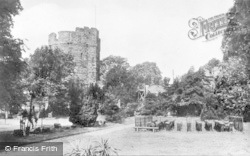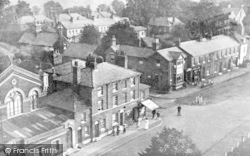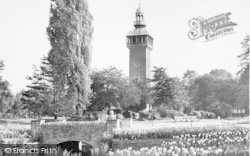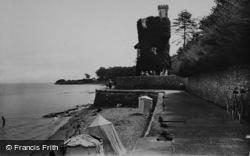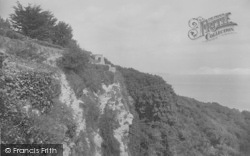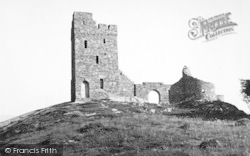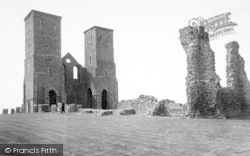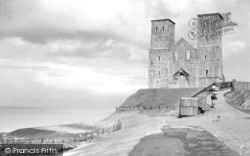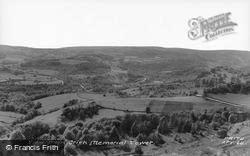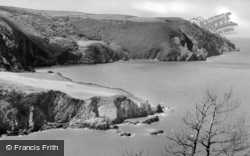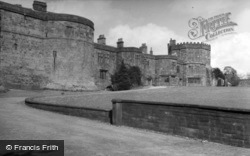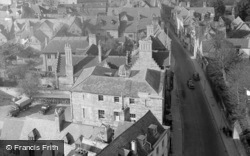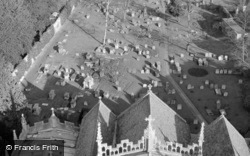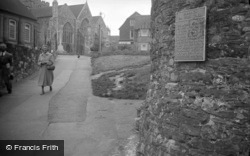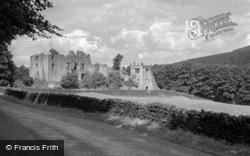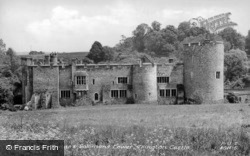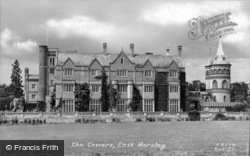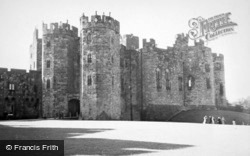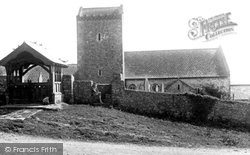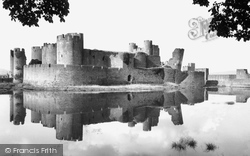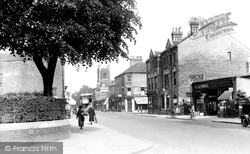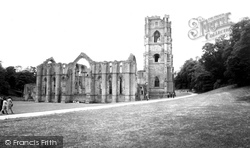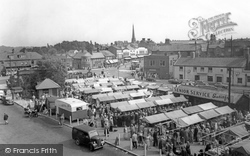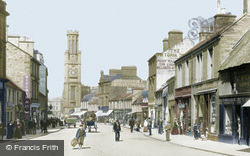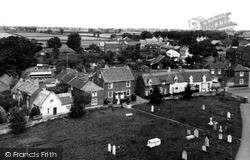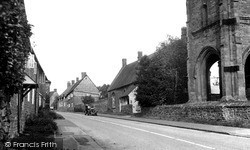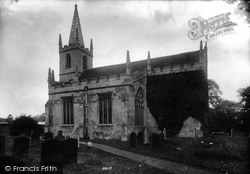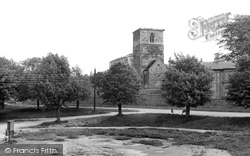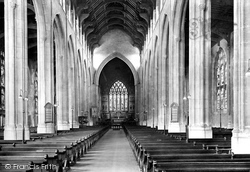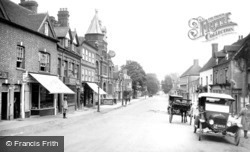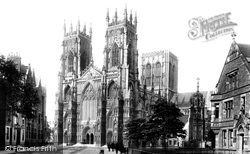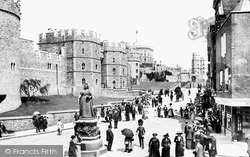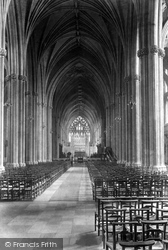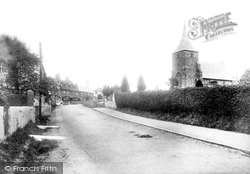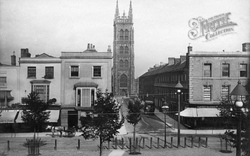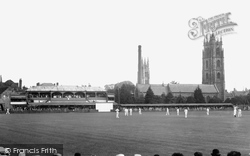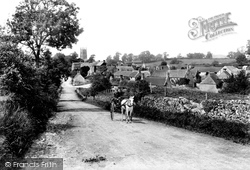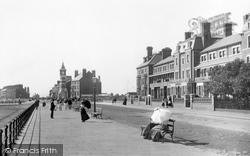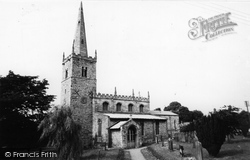Places
36 places found.
Those places high-lighted have photos. All locations may have maps, books and memories.
- Poplar, Middlesex
- Bow, Middlesex
- Bethnal Green, Middlesex
- Stepney, Middlesex
- Alton Towers, Staffordshire
- Isle of Dogs, Middlesex
- Limehouse, Middlesex
- Spitalfields, Middlesex
- Barjarg Tower, Dumfries and Galloway
- Bromley, Middlesex
- Stratford Marsh, Middlesex
- Tower Hill, Merseyside
- Tower Hill, Essex
- St George in the East, Middlesex
- Wapping, Middlesex
- Globe Town, Middlesex
- Old Ford, Middlesex
- Cubitt Town, Middlesex
- Tower Hill, Cheshire
- Tower Hill, Surrey
- Bow Common, Middlesex
- Mile End, Middlesex
- Millwall, Middlesex
- Ratcliff, Middlesex
- Warmley Tower, Avon
- Tower Hill, Hertfordshire
- Tower End, Norfolk
- Tower Hamlets, Kent
- Tower Hill, Devon
- Tower Hill, West Midlands
- Blackwall, Middlesex
- North Woolwich, Middlesex
- Hackney Wick, Middlesex
- Shadwell, Middlesex
- South Bromley, Middlesex
- Tower Hill, Sussex (near Horsham)
Photos
1,787 photos found. Showing results 1,501 to 1,520.
Maps
223 maps found.
Books
1 books found. Showing results 1,801 to 1.
Memories
637 memories found. Showing results 637 to 637.
Captions
3,007 captions found. Showing results 1,801 to 1,824.
In 1840 a Mrs Carter died, leaving Abbot Hall, the second building on the site, to her wealthy niece, Miss Mary Lambert of Boarbank Hall.
This church is the largest church on the Gower. Originally founded in the 6th century by St Cenydd, the priory was ransacked by Viking invasions in the 10th century.
The drum towers were also used for accommodation, while the Constable's apartments were situated in the east gatehouse. The wall partly off-picture to the right is a section of the fortified dam.
In the distance, the tower of St Paul's church peers above the roof of the Globe Hotel. Nearby is the Perse School, established in 1625, and moved here from Free School Lane in 1890.
Abbot Huby's magnificent north tower at Fountains Abbey, in the valley of the River Skell near Ripon, is a Yorkshire landmark virtually unchanged since the 12th century when it was built.
The tower and spire of the parish church of St Mary and St Cuthbert dominates the skyline in this market day picture.
The 130ft-high neo-Gothic Wallace Tower, in the High Street, was completed in 1832. It replaced an earlier structure in which Sir William Wallace was alleged to have been imprisoned.
An overview of Ludham from the tower of St Catherine's Church shows the well-wooded, rich agricultural land surrounding the village before many of the hedges had been removed.
East of photograph N251008, Frith's photographer looks along Church Street with the 15th-century tower of St Michael's church on the right. Unusually, its lower stage is open and serves as a porch.
Mostly rebuilt by Thomas Lumby in the 1770s in a fairly correct Gothic, the church has a more cheery Strawberry Hill Gothick west tower and spire.
Lincolnshire possesses very many Anglo-Saxon church towers, and St Peter's is one of England's best.
The building of the central crossing tower is now under way, and should be completed in 2003.
The late-Victorian towered building has been replaced by a nasty 1960s supermarket building, but otherwise little has changed.
Though the lines were owned by the North Eastern, no less than five other companies had running powers into the city.
Though the lines were owned by the North Eastern, no less than five other companies had running powers into the city.
Henry II built the first stone buildings, including the Round Tower, which we see here in the background. The last major changes were made by Wyatville in the reign of George IV.
The present nave is 19th-century, and was built, along with the west towers, between 1868 and 1888.
The medieval church, with its plain west tower and stumpy shingled broach spire, was extensively restored, not entirely successfully, in the 1850s by William Slater for the dynamic Reverend Arthur Eden
Hammet Street, with its brick terrace houses, was laid out in 1788 off North Street, focusing on the magnificent late 15th-century tower of St Mary's church.
Beyond are the town's two superb 'Somerset style' Perpendicular Gothic church towers, St Mary's beyond the (now demolished) factory chimney and St James' Church to the right, also a 19th-century rebuild
St Andrew's Church has one of the finest west towers in Somerset; it is early 16th-century, and over one hundred feet high, with three belfry windows side by side on each face above three blank ringing-chamber
Beyond the Clock Tower the gaps were filled in by Edwardian hotels. The bracing element of Skegness is amply demonstrated by the ladies' umbrella skills in the foreground.
All Saints Church is an interesting one, with Anglo-Saxon 'long and short work' quoins to the nave and an Anglo-Saxon tower with an elaborate Norman west doorway and arcading.
The view along the grass-verged straight street is closed by the dignified 15th-century tower of St Guthlac's church.
Places (38)
Photos (1787)
Memories (637)
Books (1)
Maps (223)


